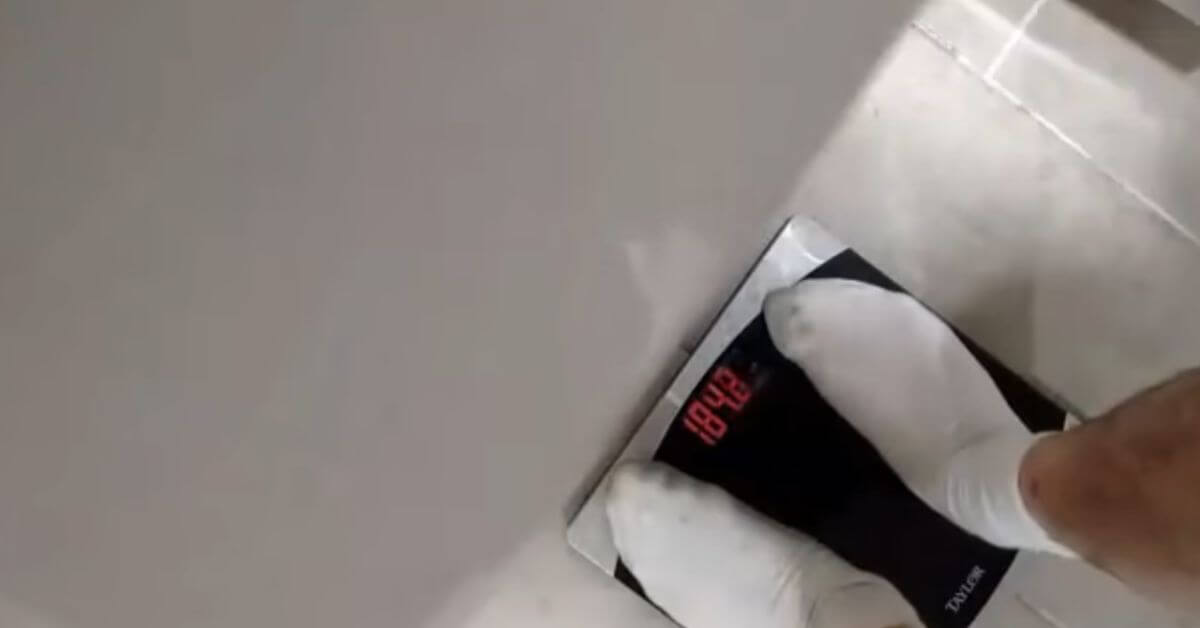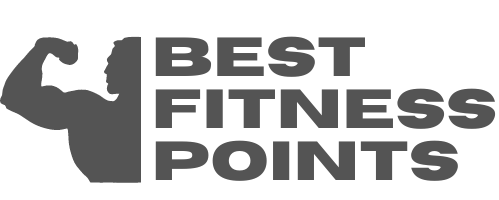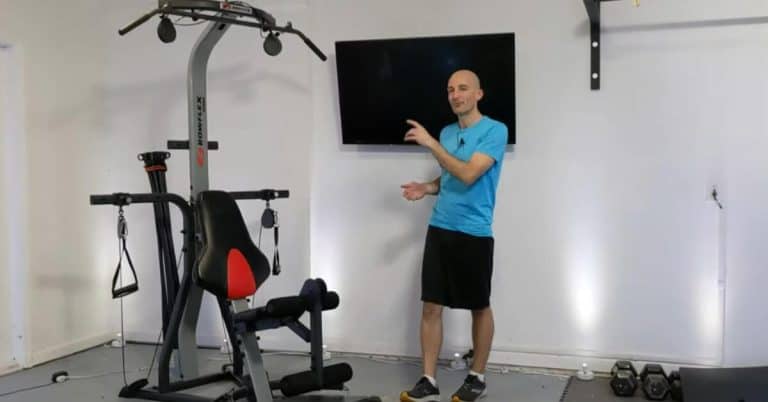How to Trick a Scale & Weigh Less: Top Secrets Revealed!
Last Updated on January 10, 2024 by Justin Harris
How to Trick a Scale & Weigh Less: To trick a scale into weighing less, try weighing yourself in the morning after a bathroom visit and avoid consuming sodium and alcohol, as they can cause water retention and skew the weight reading. Another trick is to use the tare feature on a digital scale, which allows you to subtract the weight of a plate or bowl from your measurement.

Timing Is Everything
|
There are a few ways to trick a scale to weigh less. One way is to weigh yourself first thing in the morning, preferably after the a.m. bathroom visit, as you are just coming off of a fast and will have a lower number. It is also important to consider the impact of water retention. Sodium and alcohol both contribute to water retention, which can skew any real weight loss. To get the best results on weigh-in day, you can try meal organization and distribution, increase your protein intake, have your last meal early the day before weigh-in, ensure elimination before weighing in, and drink plenty of water.
Additionally, you can use the tare feature on a digital scale to subtract the weight of a bowl or plate, allowing you to view the exact weight of your portion without worrying about the math. By following these tricks, you can manipulate the scale to show a lower number, helping you feel more satisfied with your progress.
Watch Out For Water Retention
Sodium is a major contributor to water retention in the body. When you consume high amounts of sodium, your body retains water, leading to temporary weight gain. To trick the scale to weigh less, it is important to minimize your sodium intake. Avoid processed and fast foods that are typically high in sodium. Instead, opt for fresh fruits and vegetables, lean proteins, and whole grains that are low in sodium. Alcohol can also impact weight measurement due to its dehydrating effect. When you consume alcohol, your body can become dehydrated, causing temporary weight loss. However, this weight loss is not indicative of fat loss and is not sustainable. It is advisable to limit alcohol consumption, especially before weighing yourself, to get a more accurate measurement of your true weight. |
Mastering Weigh-in Day
Mastering Weigh-In Day requires strategic planning and careful consideration of various factors. Meal organization and point distribution play a crucial role in achieving weight loss goals. Increasing protein intake can help promote satiety and support muscle growth. Additionally, carefully planning the last meal before weigh-in day and eliminating excess waste can help reduce temporary weight gain.
Considering weigh-in day clothing is important as heavier clothing can impact the scale reading. Hydration is also integral, as staying hydrated can optimize bodily functions and aid in weight management. Incorporating these strategies can help trick the scale to weigh less and achieve desired weight loss goals.
Read Also,
- Is Jeremy Ethier Good?
- Best Treadmill Under 300
- Is Get Healthy U TV Legit?
- Best Elliptical Under 600
- Best Exercise Bike Under 200
- Best Elliptical for Short Person
- Best Sauna Suit for Weight Loss
- Best Rowing Machine Under 500
- Best Rowing Machine Under 200
- Best Elliptical Machine Under 1000
- Which is Better Hydroxycut Or Dexatrim?
Utilizing The Tare Feature
Utilizing the tare feature on a digital scale allows you to subtract the weight of a plate or bowl, enabling you to view the exact weight of your portion without any calculations. This can be helpful if you’re looking to trick the scale into weighing less.
|
There are a few ways to trick a scale into weighing less. One way is to utilize the tare feature on a digital scale. The tare button is designed to subtract the weight of bowls or plates, allowing you to measure the exact weight of your portion. Simply place your empty plate on the scale and press the tare button. The scale will reset to zero and automatically subtract the weight of the plate. This eliminates the need for any complicated math calculations. Another trick is to weigh yourself first thing in the morning after a bathroom visit. This will provide a lower number as you have just come off a fast. Additionally, avoiding foods high in sodium and alcohol can help reduce water retention, which can affect weight measurements. |
Tricking The Scale’s Reading
Placing a heavier weight on the opposite side |
One way to trick a scale to weigh less is by placing a heavier weight on the opposite side. This can be done by taking a heavy object, such as a dumbbell or a bag of books, and placing it on the scale opposite to the object you are trying to weigh. The scale will read a lower weight due to the counterbalance effect.
Another method is by balancing light and heavy objects on the scale. For example, you can place a light object, like a feather, on one side of the scale and a heavy object, like a brick, on the other side. The scale will give a lower reading because the heavier object offsets the weight of the lighter object.
Remember to always be cautious and use these methods responsibly. While these tricks may provide temporary results, it is important to focus on maintaining a healthy weight through exercise and a balanced diet.
Conclusion
To achieve a lower number on the scale, try weighing yourself in the morning after an empty stomach. Avoid sodium and alcohol to prevent water retention that can skew your weight. You can also use the tare feature on a digital scale to subtract the weight of a plate or bowl.
Remember, these tricks may help temporarily, but the most important thing is to focus on a healthy lifestyle rather than trying to deceive the scale.






